Customer Acquisition Starts With Data Acquisition

Customer acquisition starts with data acquisition
Using gamification and data analytics to hit acquisition targets
Brands need to be data-driven to compete in today’s digital-first world. Are you leveraging your first-party data to acquire new customers, retain existing ones and increase customer lifetime value (CLTV)?
Customer loyalty and rewards programs can be powerful drivers of success, to the tune of a 2.5 time increase in revenue growth, per Harvard Business Review. But there’s a catch — loyalty programs can’t simply be the same cut-and-paste point systems used by so many companies. Instead, really sticky, effective retention and reward strategies should be backed by accurate, abundant, and accessible data about your consumer base.
First-party data is the master key
First-party data is your most valuable asset; it unlocks everything, from new customer acquisition to retention and beyond, decreasing costs, increasing ROI, and driving operational efficiency.
But where do you collect data in the amount and granularity necessary to have a real impact? The Harris Poll asked companies about their issues maximizing the customer experience. The top answer, shared by 25% of companies, was that their data pool was too shallow to boost processes. To avoid falling into this disappointed group, you can collect data from multiple touchpoints, including:
Existing customers providing data during the purchasing process
Every time a customer makes a purchase, they provide data. This data can include their name, address, mobile phone number, email, purchase history, and more. Data analytics can help you group similar customers based on their location, customer behavior such as purchasing preferences, and so on. Analyzing these groups can help you plan new offers and interactions.
- Example: Create personalized approaches based on loyal customer attributes, and identify and qualify new leads using lookalike audiences as a starting point. Show products to customers as part of an “Other people who purchased this product also liked” listing as a way to drive more purchases and enhance their rewards.
Current or potential customers who sign up for programs
These customers may not have made a purchase yet, but may have signed up for a mailing list, a newsletter, or — yes — a customer rewards program. Rewards touchpoints don’t just use consumer data — they can also generate it. For example, according to MarketWatch, Starbucks noted that 40% of its transactions involved loyalty program customers. Of course, those customers share data with the coffee chain through their continued interactions, but the process is mutually beneficial, as they are also unlocking bonuses.
- Example: Increase customer loyalty before they even make their first purchase! For instance, you can present a chance to play a free game and win a reward through a message texted to a mobile phone number or sent to an email address. Introducing customers to gamification and rewards from first contact is a great way to build relationships. Indeed, Starbucks cited immediate gratification for new members as a key feature of its program.
Customers of partners who have shared their data with you
Data partners (organizations who share their own consumer data with you based on business relationships) can also be a valuable source of first-party data and a way to expand your own datasets. The more data you have, the more effective data analytics processes spot patterns and builds highly targeted customer groups.
- Example: Reduce customer acquisition cost by leveraging data from trusted partners. A bank might receive data from an insurance provider and can use that information to build tailored offerings that encourage opening a new account and joining a loyalty program.
Analyzing customer behavior delivers actionable insights
Customers’ behaviors deliver even more powerful insights than their raw persona data. For example, you don’t need to know a customer’s name to understand that a person is a big repeat spender or tends to buy every new product or service you launch.
Behavioral patterns based on consumer data deliver actionable insights you can use to boost your customer acquisition rates and strengthen your existing base. It would help if you had a constant flow of new data to build out datasets and make it easier to spot these patterns.
To see a real-world example of how these more data-rich interactions can revolutionize loyalty and drive CLTV, there is the case of the digital solutions company StarHub, which built a new interactive rewards program on the Perx Platform.
Take away impediments to interaction
Legacy customer loyalty program strategies may actually be keeping customers at arm’s length. StarHub envisioned a type of continuous interaction with customers, creating many more touchpoints that would keep the brand top of mind and encourage new, more profitable behavior. The key was to develop a rewards strategy that did away with the earn-points, burn-points loop common to so many loyalty programs.
Track customer behavior on a deep and personal level
Every rewards-based customer interaction is a chance to learn more about that person, and customer loyalty strategies allowing continuous engagement enable more of these touchpoints. For example, after StarHub rolled out a weekly, gamified reward program, powered by a new and simple in-app experience, user requests per second increased by four times, a huge increase in interactions that brought a tidal wave of data.
Focus on value-based last-mile engagements
As consumer data increases in volume, it’s possible to both notice overall patterns and deliver highly specialized experiences to individuals. The StarHub platform delivers instant gratification for customers in the present while also measuring every response to strengthen engagement in the future. The very positive experiences served to these customers improve offline engagement with the brand and in-the-moment online engagement.
Balance retention and acquisition with data-driven loyalty
While a rewards and loyalty program starts with the retention of existing customers, it can serve as a way to attract new clients, please them and turn them into loyal customers. Instant-gratification customer interactions that provide a valuable feedback loop of data don’t take long to solidify loyalty. StarHub’s telco business boosted retention by 6%, then increased new customer acquisition by 11%. Its Net Promoter score also rose across mobile, TV and broadband.
How perx uses gamification to drive customer acquisition
Perx technology empowers brands to act on customer insights, boost interactivity, and build highly configurable and personalized engagements quickly, for reduced time-to-market and a more delightful customer experience — all without compromising customer privacy or data security.
Most legacy loyalty programs are generic and bland, failing to connect with customers on a deeper level and missing the chance to build brand stickiness and loyalty. Personalized engagements that leverage known customer behavior data can bring authenticity to the process and encourage ongoing revenue-driving actions.
The Perx Loyalty and Engagement Platform (LMP) helps brands hit their customer acquisition targets through gamified engagements that instantly deliver gratifying, relevant, and personalized customer actions.
Are you ready to harness data acquisition to drive customer acquisition and elevate your average customer’s LTV? Ask for a free Perx demo today.
Recommended for you

Blogs, Customer Engagement, Game Theory

Blogs, Personalization, Customer Retention

Customer Acquisition, Engagement, Personalized Rewards

Customer Engagement, Customer Acquisition, Digital Banking

Blogs, Digital Onboarding, Digital Transformation
Global businesses have driven over 5 billion customer-brand interactions on Perx.
Ready to join them?
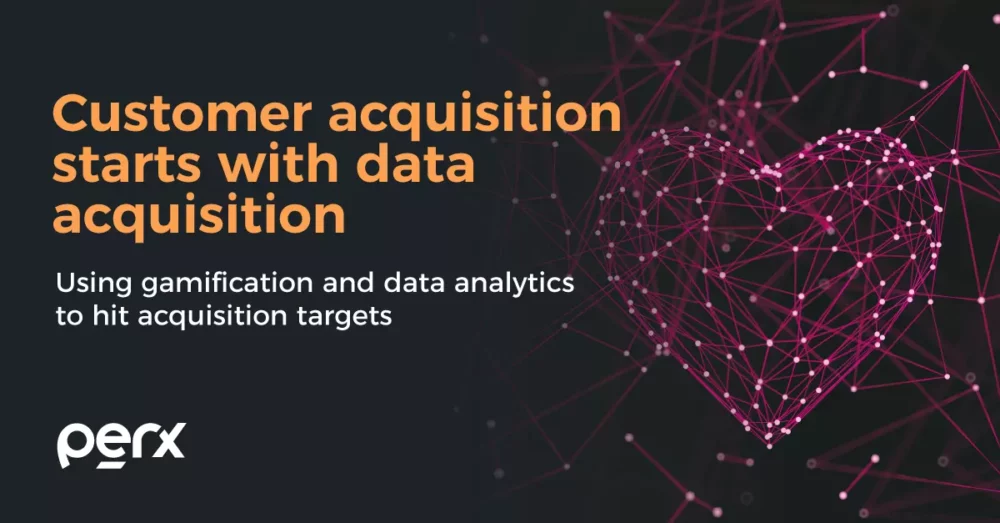



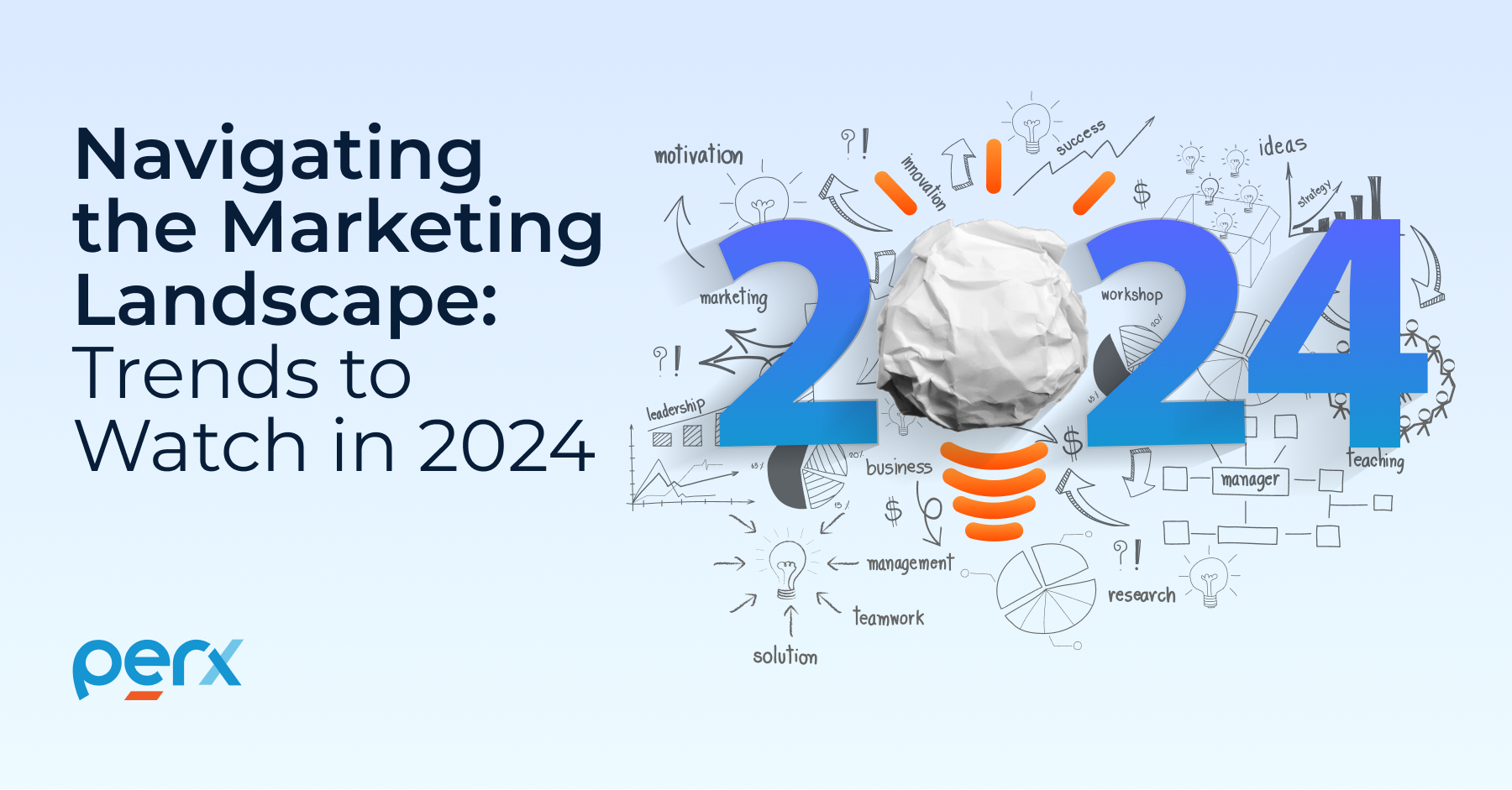





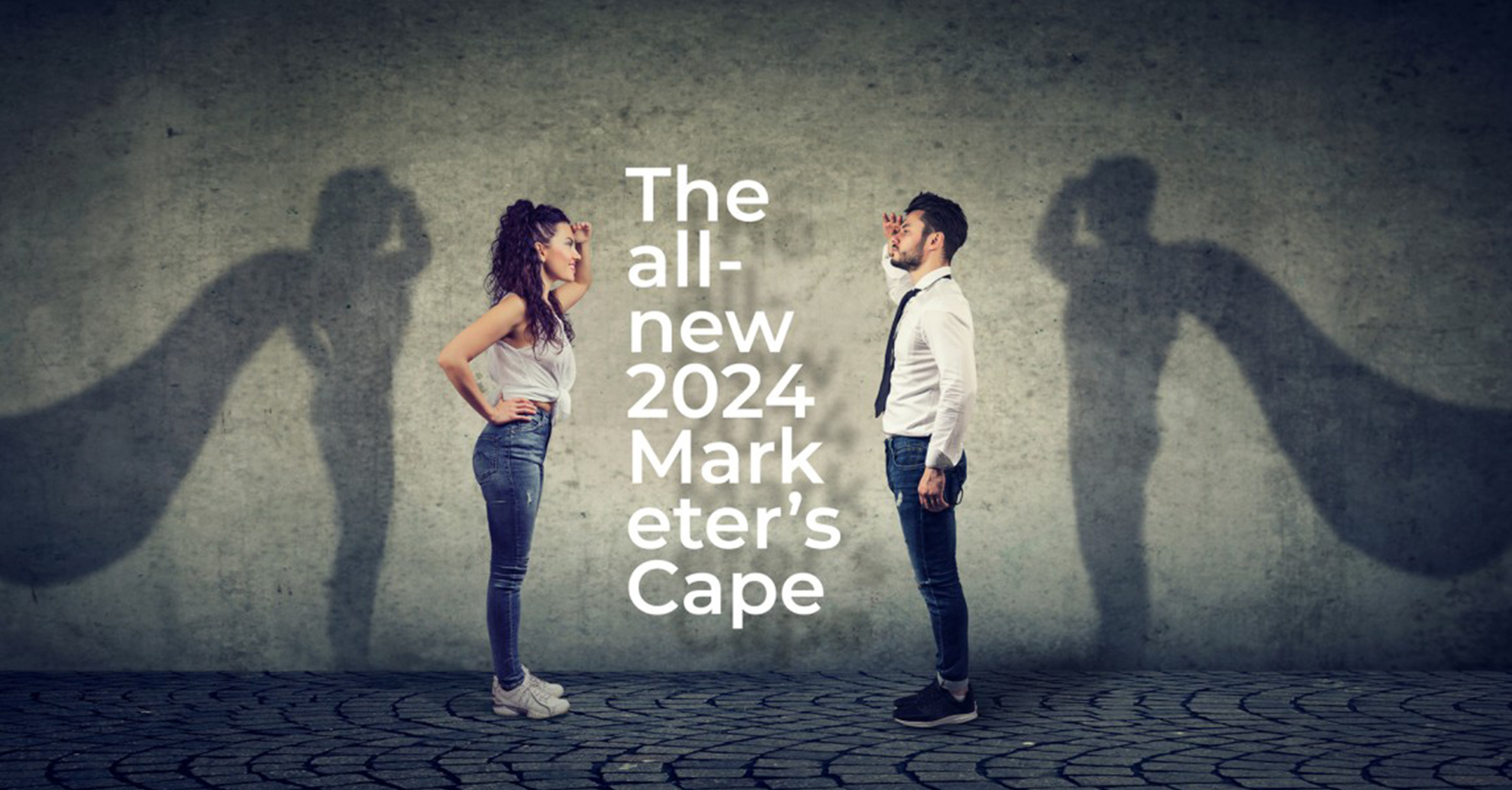















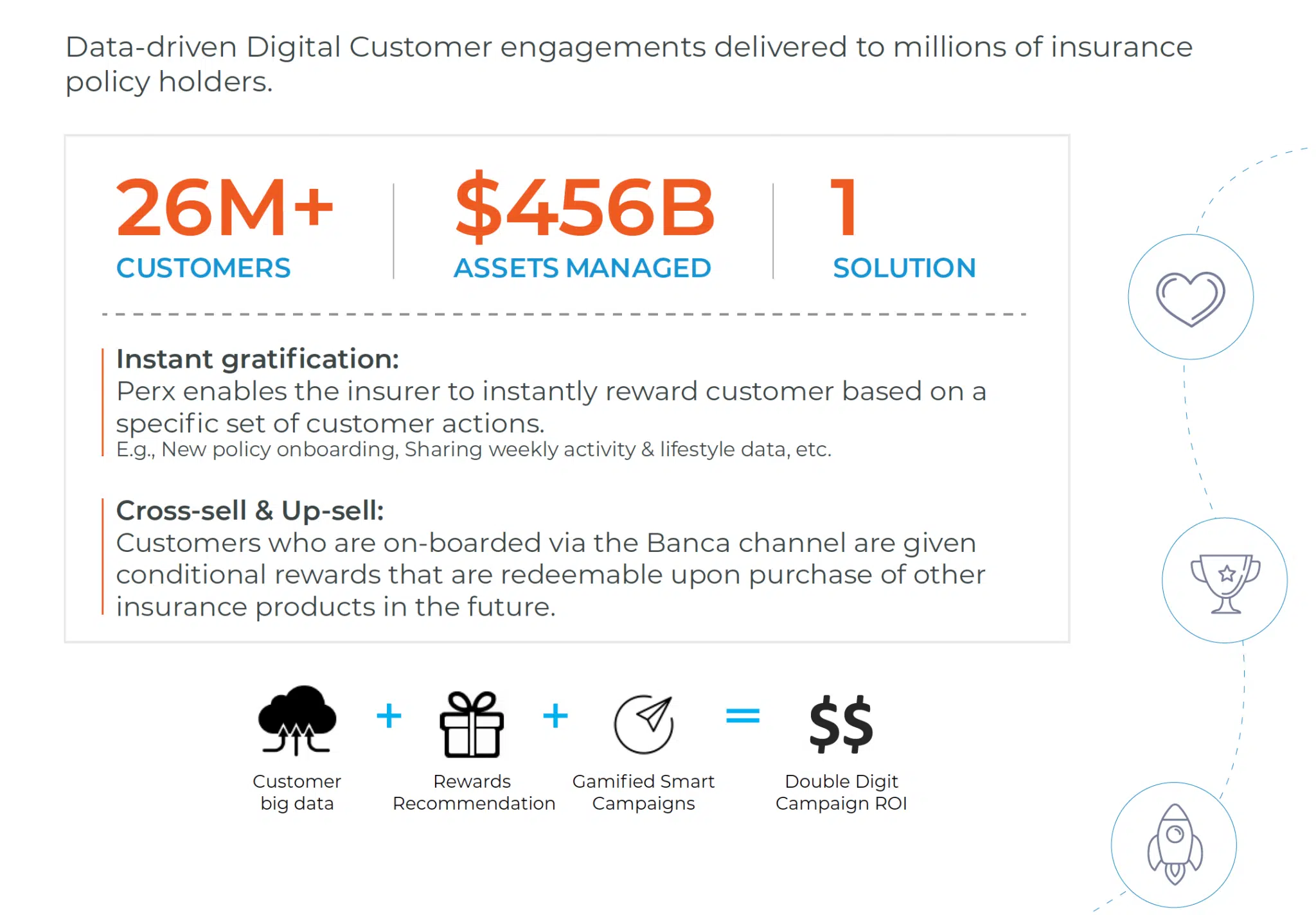

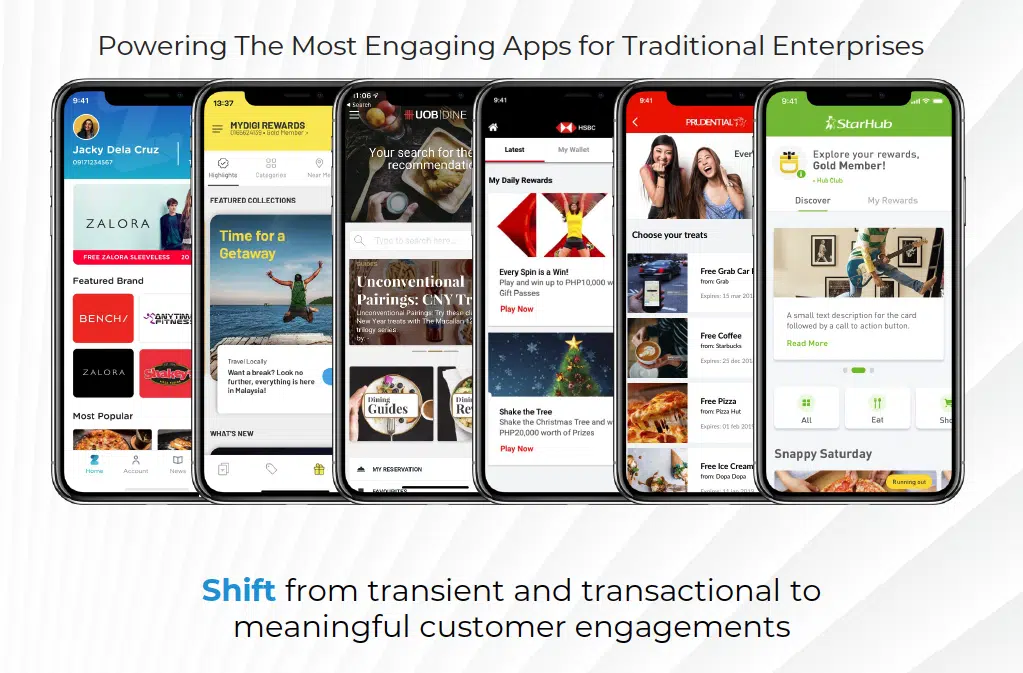



 Every Saturday from 9:00 a.m. to 3:00 p.m., customers could spin the Wheel of Treats for a chance to win at StarHub Snapping Saturday.
Every Saturday from 9:00 a.m. to 3:00 p.m., customers could spin the Wheel of Treats for a chance to win at StarHub Snapping Saturday.
 If you want customers to adopt your brand, you need to adapt to their lifestyle choices.
If you want customers to adopt your brand, you need to adapt to their lifestyle choices.


 In fact,
In fact, 


